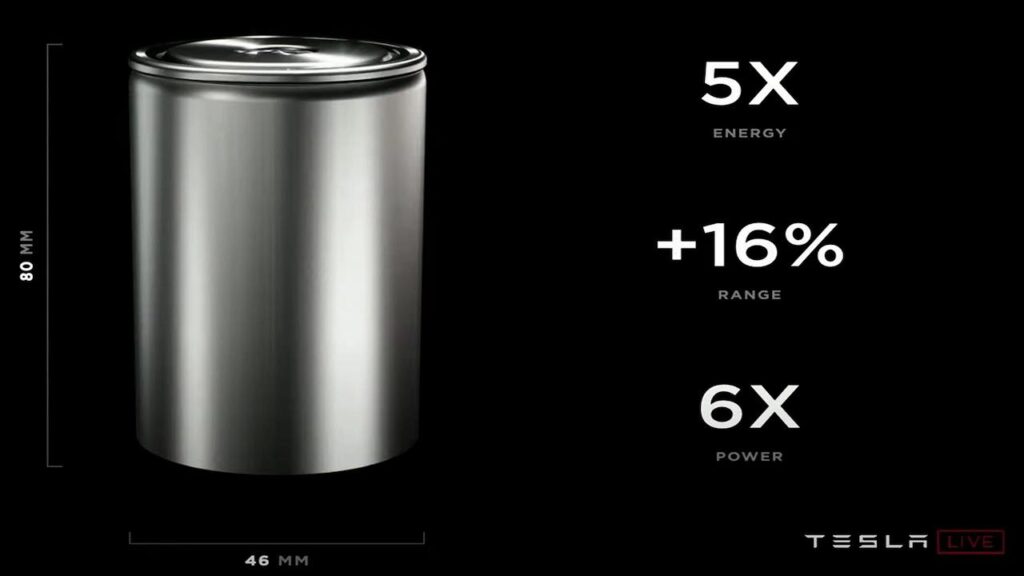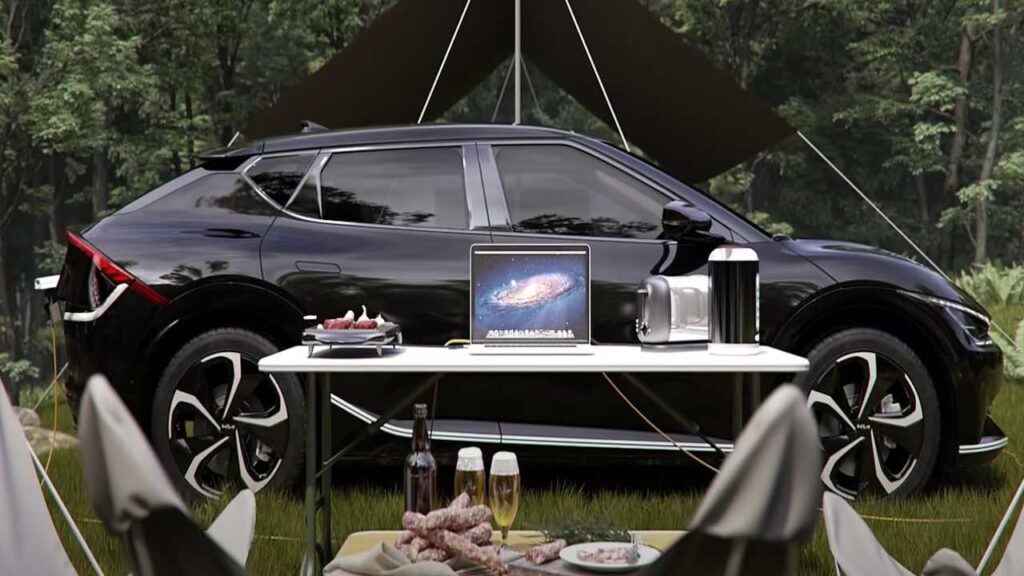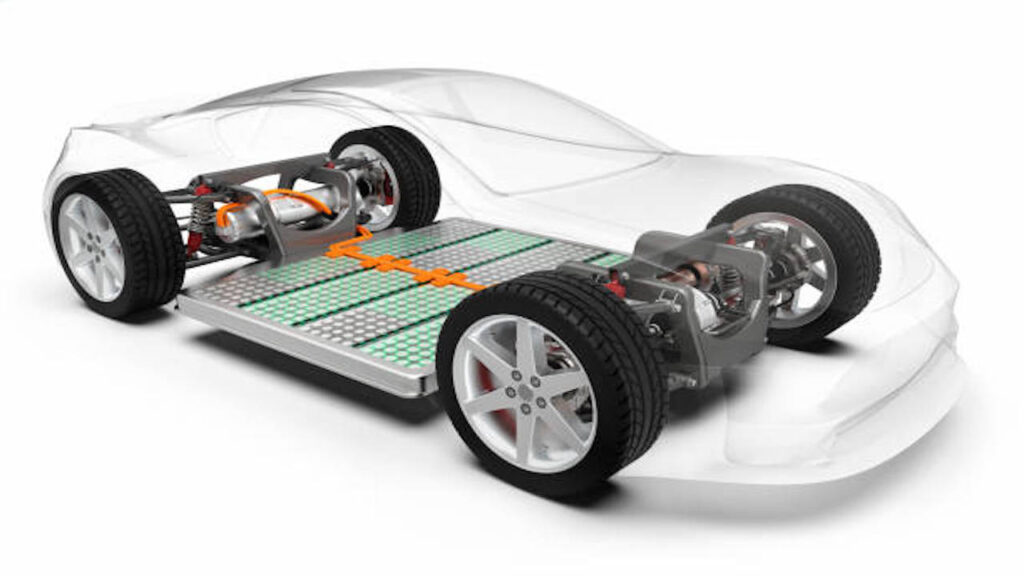Can Electric Car Batteries Be Replaced or Swapped?
With the EV trend becoming a reality, it becomes critical to know the basics of maintenance related to your electric cars. Is it possible for the electric car batteries to be replaced or swapped? Since the adoption rate of electric cars is still minuscule compared to their internal combustion engine-powered counterparts, there are myriad queries related to them. The batteries, charging characteristics, and range anxiety continue to pose hurdles in the mass adoption of EVs. While the benefits of shifting to EVs might be quite understandable and logical, the actual implementation is enveloped in quandary and uncertainty. The aim of this article is to dispel some myths surrounding electric car batteries. You might also like: Tesla Battery (4680) vs BYD Blade Battery – Comparison Can The Electric Car Batteries Be Swapped or Replaced? Let us try to understand this by using a familiar analogy. In the case of traditional vehicles, the engines and their components are fixed, while the fuel is needed to be filled regularly. Similarly, the electric motors on the electric cars are fixed, but the batteries that feed power to those motors could be removed or swapped, if need be, Generally, the batteries are placed underneath the floor of the vehicle and charged on a regular basis just like your smartphones, tablets or laptops. However, with the limited charging infrastructure available in most countries and high charging times associated with EVs, people always have this range anxiety about what would happen if their EVs run out of charge on a highway. But there is a solution that might not be widespread in the personal mobility space. In the commercial electric vehicle fleet across various markets, there is the practice of swapping the batteries of the car. You might also like: Is Electric Car Battery Safe, Fireproof, Waterproof and Short Circuit Proof? How Is It Achieved? The delivery companies, for instance, have huge warehouses where the entire fleet of their delivery vehicles is parked. There is sufficient charging infrastructure there too where the vehicles could even be charged using the regular AC chargers overnight. There is a provision for removing batteries from electric vehicles, especially commercial vans. The battery that has been charged overnight is used in the morning. It could suffice the entire day while the other battery is being charged in the meanwhile. You might also like: What Is Vehicle To Load (V2L) & Which EVs Have This Feature? If there is an issue with the battery that is being operated or it runs out of juice, one could simply visit the warehouse and swap the discharged battery for a recharged one in a matter of minutes. The battery packs are compact and could be easily placed in their designated slot in the EV. The battery that is taken out could directly be taken to the charging station and the refuelling time (essentially) be reduced to the time taken to replace the two batteries. This would ensure that the operations are not halted because of charging times and productivity will enhance due to the element of predictability that is achieved by this method. Slowly and steadily, with the prices of batteries coming down in the future, this solution could be utilised for personal use too. This technique is being practised even today by big companies that use electric vehicles for commercial purposes.




